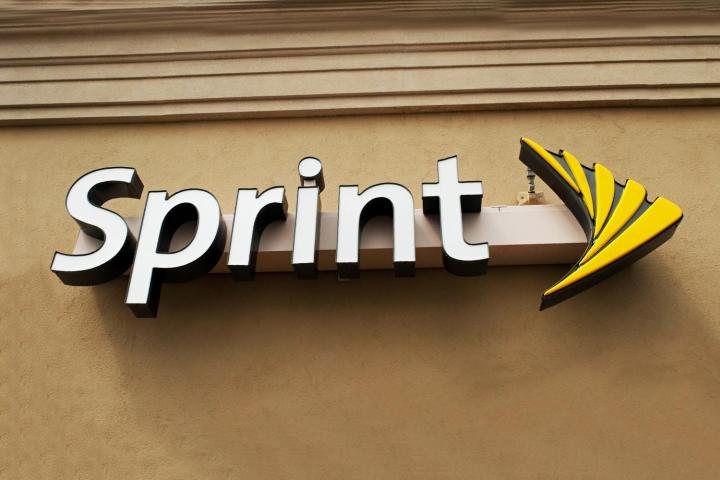
To take advantage of the promotion, AT&T and Verizon subscribers simply need to upload a copy of their most recent bill onto Sprint’s website. The carrier will then let you know how much you’d save if you switch to Sprint’s network. Sprint will offer a plan with unlimited calls and texts, as well as a data allotment that’s close to what you already have. From there, you’d be able to choose your new smartphone, keep you old number, and Sprint will even buy out your old contract with up to a $350 credit per line.
Of course, there are a few catches to the deal. First of all, Sprint will only cut the service portion of your bill in half, so the cost of your devices isn’t included. To make matters worse, Sprint’s deal requires you to trade in your AT&T or Verizon phone within 30 days or you’ll be hit with a $200 “non-return phone charge.” Then, you have to buy a smartphone for its full, unsubsidized price on Sprint’s Easy Pay monthly installment plan, or its phone leasing plan. In the end, it turns out that you may save big on service charges, but you’ll lose big on device payments.
To clear up the confusion, CFO Joe Euteneuer assured investors at a Merrill Lynch conference on Tuesday that the deal still offers great savings, even though the average discount for most users is much lower than the promised 50 percent.
“They are still probably getting a 20 percent sort of net discount,” Euteneuer said, as reported by Recode.
When asked why Sprint isn’t offering to halve T-Mobile customers’ bills, Euteneuer said that the customers who are most likely to switch to Sprint come from Verizon and AT&T.
You can check out the details of the offer here, but be sure to read the fine print and the FAQs page.
Editors' Recommendations
- No, the Journal app on your iPhone isn’t spying on you
- T-Mobile’s huge lead in 5G speeds isn’t going anywhere
- OnePlus 10T vs. Nothing Phone 1: more expensive isn’t always better
- Apple isn’t making a foldable iPhone anytime soon, so don’t get your hopes up
- Old phones will stop working with AT&T and T-Mobile. Here’s what to do about it


